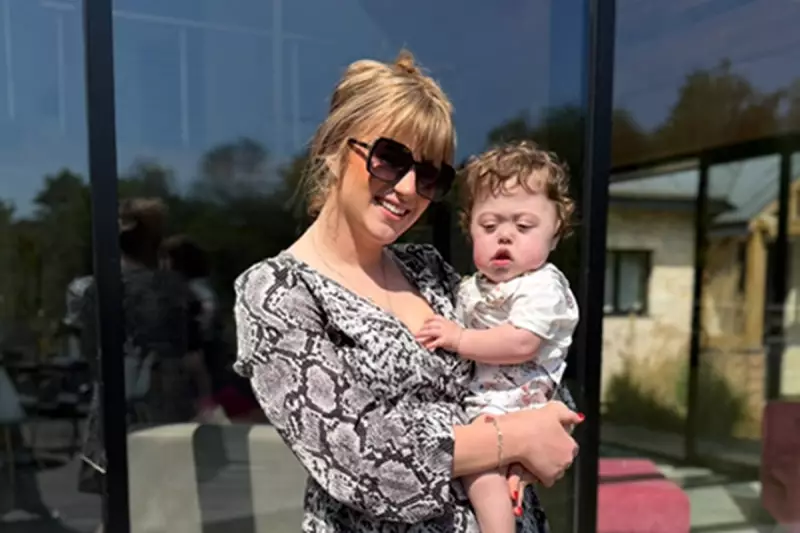
In a remarkable medical breakthrough, specialists at London's world-renowned Great Ormond Street Hospital are pioneering a revolutionary treatment for one of the most challenging congenital conditions affecting newborns: Congenital Diaphragmatic Hernia (CDH).
This devastating condition, which occurs when a baby's diaphragm fails to fully develop in the womb, allows abdominal organs to migrate into the chest cavity. This compression severely inhibits lung growth, creating a life-threatening scenario immediately after birth.
The Pioneering FETO Procedure
Medical experts are now employing an innovative technique called foetal endoscopic tracheal occlusion (FETO). This delicate procedure involves placing a tiny balloon in the unborn baby's trachea during pregnancy.
"The balloon prevents lung fluid from escaping, which creates back-pressure that encourages the compromised lungs to expand and develop more fully," explains Professor Paolo De Coppi, a leading consultant at Great Ormond Street Hospital.
A Life-Saving Intervention
The timing of this intervention is crucial. The balloon is typically inserted between 26-30 weeks of gestation and carefully removed around 34 weeks, either before birth or during a specialised delivery procedure.
This strategic approach gives the baby's lungs critical additional development time, significantly improving their chances of survival after birth.
Recognising the Signs
Early detection remains vital for successful intervention. CDH is often identified during routine 20-week ultrasound scans, where specialists might observe:
- Abdominal organs visible in the chest cavity
- Mediastinal shift (displacement of the heart)
- Reduced amniotic fluid volume
- Poorly visualized stomach bubble
Following birth, symptoms may include severe respiratory distress, bluish skin coloration (cyanosis), rapid breathing, and an abnormally concave abdomen.
The Road Ahead
While survival rates for severe CDH cases were historically low, this groundbreaking FETO procedure is dramatically changing outcomes. The technique represents a beacon of hope for families facing this diagnosis, offering their children a fighting chance at life.
As research continues and techniques refine, medical professionals are optimistic that survival rates will continue to improve, making CDH a increasingly manageable condition rather than a certain tragedy.





